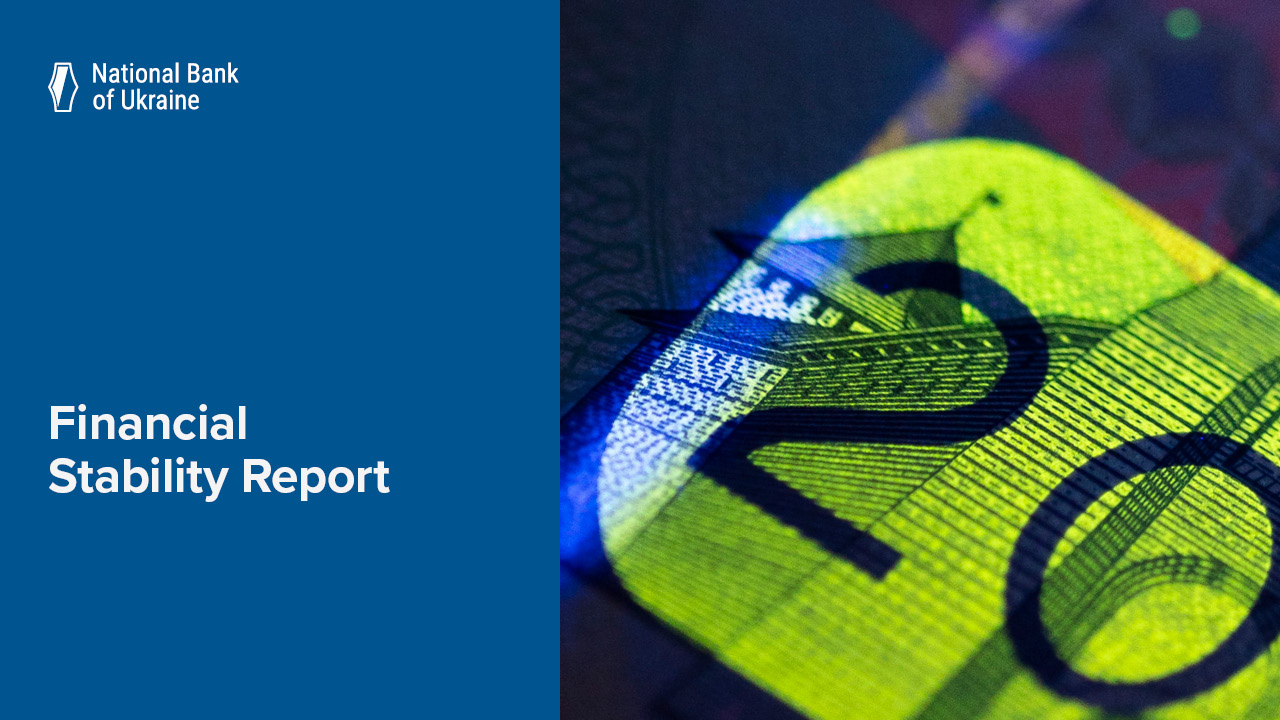The banking sector’s NPL ratio stood at 34.6% on 1 July 2024, down 2.8 pp from the beginning of the year. In H1 2024, NPLs declined in volume by UAH 4.2 billion, to UAH 418.2 billion.
Over this time, the retail NPL ratio dropped by 3.9 pp, to 19.6%. The decline of NPL ratio for the corporate loan portfolio also accelerated, by 1.9 pp to 42.2%.
The key drivers of the decline in the NPL ratio include a continued increase in high-quality hryvnia loans at banks, and write-offs of retail NPLs, primarily by the banks with Ukrainian private capital.
NPL resolution in the corporate segment requires significant efforts from the banks, the June 2024 Financial Stability Report shows.
The banks are resolving NPLs by actively using an array of tools at their disposal. Out-of-court restructurings are the most common tools used by the banks to deal with NPLs. Such tools are designed to ease a client’s debt burden and enable them to restore their solvency. The banks have restructured about half of the corporate NPLs that remain on their balance sheets today. Excluding loans to Privatbank’s former owners, this share exceeds 90%. (The corporate NPL ratio, excluding loans to Privatbank’s former owners, is 29.3%, i.e. 12.9 pp less than with those NPLs included).
An in-depth analysis of the conditions and effectiveness of restructurings since 2020 that was presented in the June Financial Stability Report showed that:
- Prior to the full-scale invasion, the most common concession to clients with NPLs was a debt extension, occasionally with a grace period for paying interest on the loan.
- During the full-scale war, the banks have become more flexible. To leave more funds to clients so they can restore their financial health faster, the banks combined several instruments at the same time. In 62% of the cases, the banks used a combination of loan extension instruments and a grace period for interest payments.
- Most often, at least two or three consecutive relatively short restructurings are applied to NPLs, often with each subsequent restructuring having a longer term than the previous one.
- At the same time, the banks rarely cut rates, with the exception of NPLs restructured mostly in 2022, in accordance with the Law On Financial Restructuring.
- The last-resort measure to resolve NPLs is the foreclosure and sale of collateral by the bank. The wartime NPLs are better collateralized than the legacy portfolio due to the more prudent lending standards of recent years. In general, however, the low collateral coverage rates of loans make voluntary resolution measures even more important for the banks.
But despite all of these efforts, the restoration of borrower solvency is still a rarity.
Before russia’s military onslaught on Ukraine, the NLP ratio in Ukrainian banks had been declining steadily since 2018: from 55% to 27% as of 1 March 2022.







